
UTAR Centre for Chinese Studies (CCS) and Chinese Studies Society of Kampar Campus co-organised the “Melukis Rasa Melukis Cerita” Poetry and Calligraphy Exhibition (“绘情画意”诗歌与书法展) at Kampar Campus from 5 to 7 July 2017.
With the aim to provide a valued platform for interracial and interlanguage communication, the three-day exhibition displayed more than 25 poetries of Malaysian Chinese and Malay poet, including Malaysian literary lion Usman Awang, Anwar Ridhwan, prominent Malaysian Chinese Literature poets Wu An, He Nai Kin and others. The poetries were beautifully displayed in calligraphy artwork.
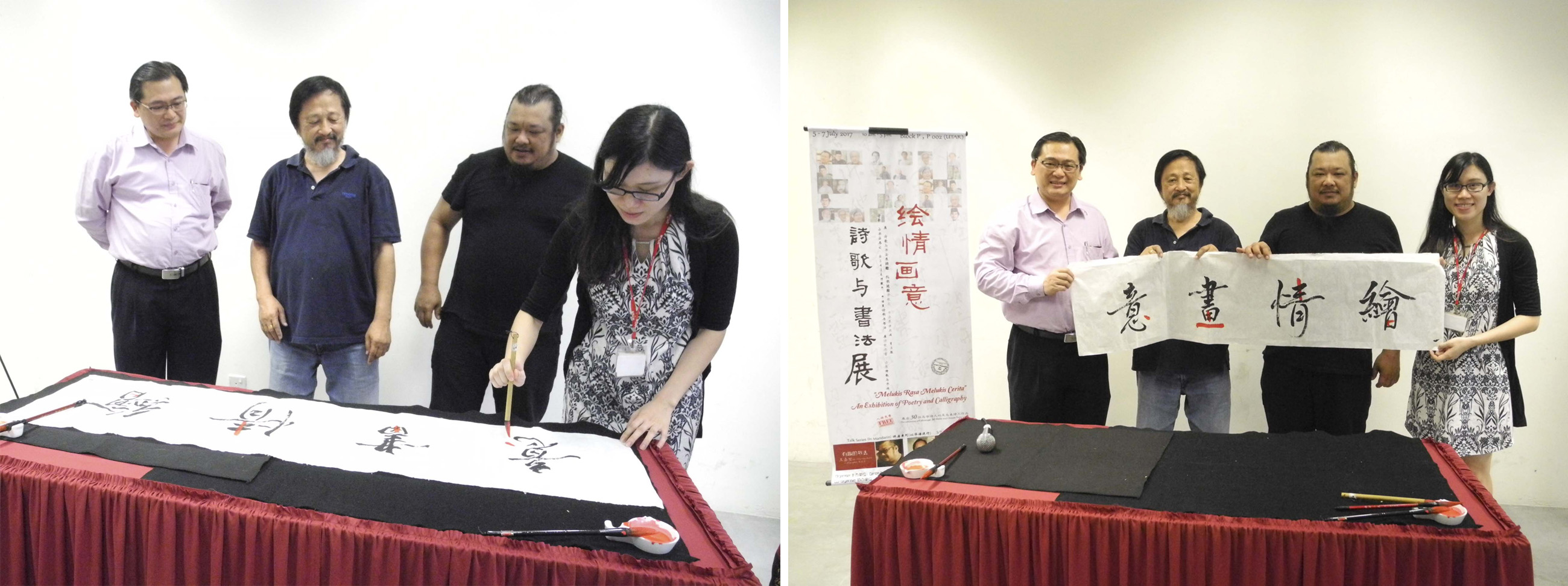
Declaration of the opening ceremony
Present for the exhibition were Institute of Chinese Studies (ICS) Dean Assoc Prof Dr Chong Siou Wei, R&D and Postgraduate Programmes Deputy Dean Assoc Prof Dr Wong Wun Bin, Student Development and Industrial Training Deputy Dean Dr Ling Liong Ngo, Postgraduate Programme Head Dr Tan Beng Piou, Organising Chairperson Dr Wong Lih Lih, and Speakers Founder of Xin Art Space Chan Yong Sin and senior calligraphy artist Ong Cha Kwan.
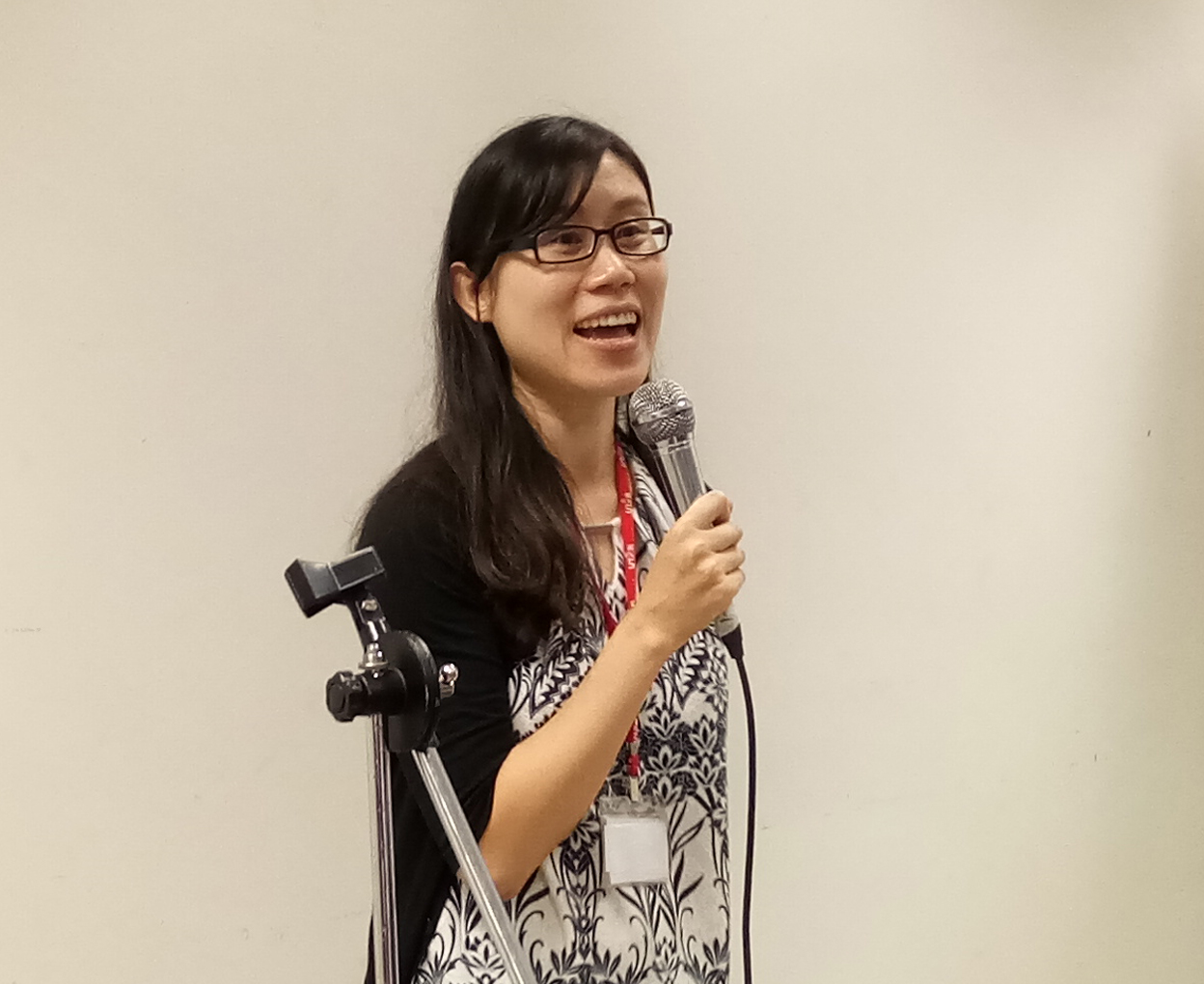
Wong delivering her welcome remarks
In her welcome remarks, Wong said, “Thank you for all the support from ICS and CCS as well as for the cooperation and teamwork from our committee and students who have helped us to make the exhibition a rousing success.” She also introduced to the audience the background and the name of the exhibition, “The name “Melukis Rasa Melukis Cerita” was taken from a poem written by Usman Awang, and I wish to take this opportunity to commemorate him as a great poet who actively promoted racial harmony during his lifetime.”
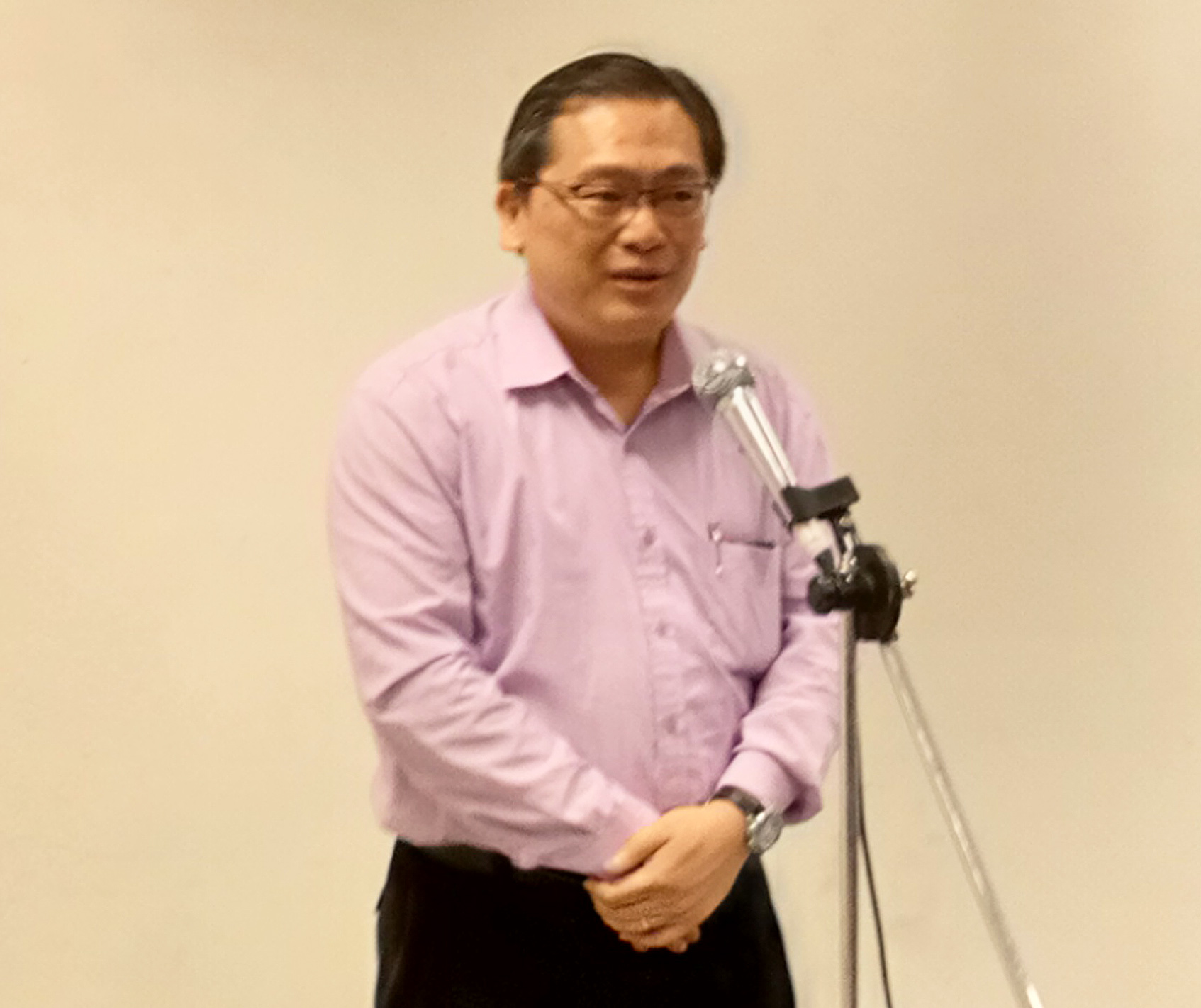
Dr Chong touching on culture and art exchange
Dr Chong explained, “Culture and art exchange help in promoting communication between the ethnic groups. This exhibition, for instance, promotes communication via calligraphy and poetry. ICS has paid attention to the exchange and dialogue between the ethnic groups, ever since its establishment. We offer subjects such as ‘The Comparative Literature of Malay and Chinese in Malaysia’ and ‘The Malaysian Chinese Literature’ to enable students to have a better understanding of our local literature and not be only confined by the Chinese Literature.” He added, “We hope this exhibition will aid in the cultivation of the literary atmosphere and the promotion of cultural activities in Kampar as it resonates with UTAR’s fundamental founding principle – by the people, for the people, that is to serve the community.”
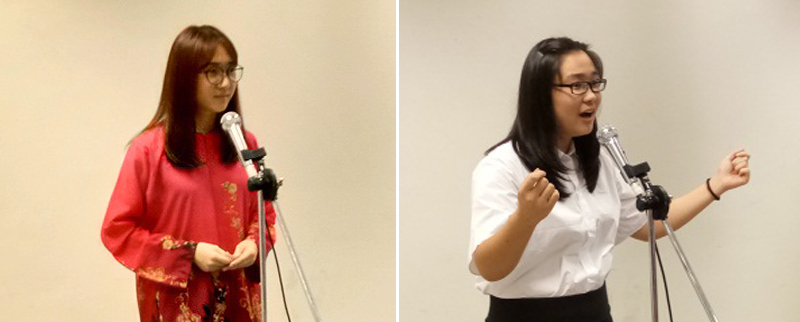
Poetry recitation by Cheong (left) and Tee
There were poetry recitation and singing performance during the opening ceremony. Chinese Studies students Cheong Shin Hui gave a recital on “Melukis Rasa Melukis Cerita” written by Usman Awang, while Tee Woen Ning gave a recital on “Poems on a Shield (盾上诗篇)” written by Wu An, and a live singing performance on Tian Si’s poem “Conch (海螺)”.
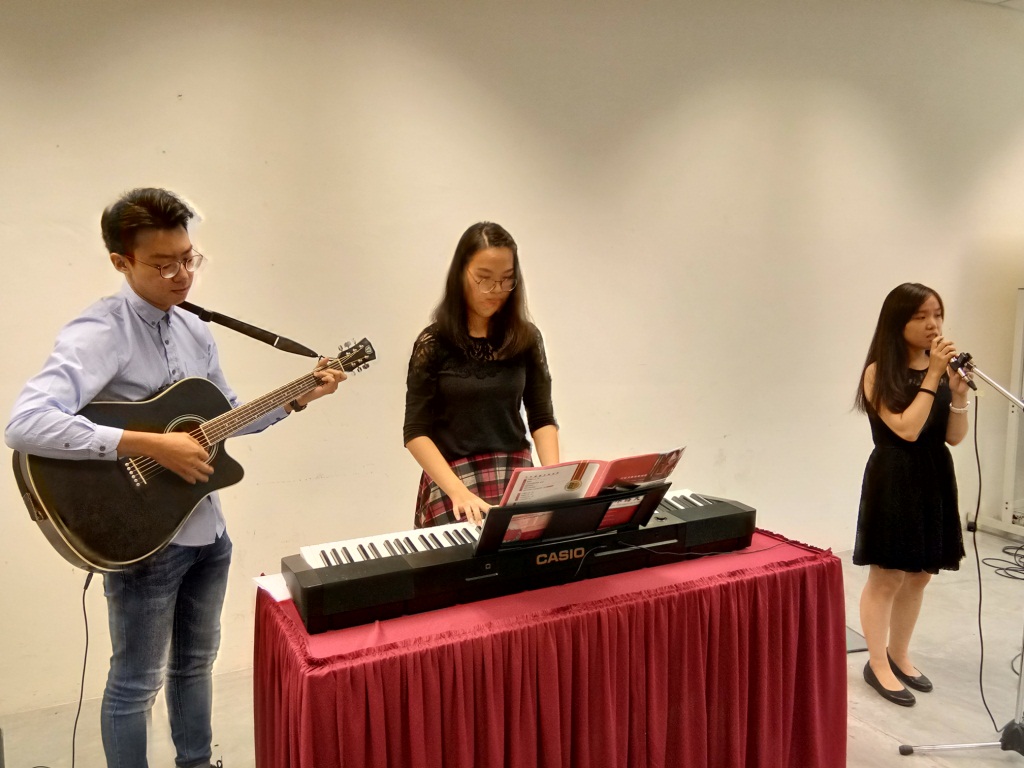
A live singing performance
A talk session was held after the opening ceremony and it was divided into two sessions. The first talk was conducted by Chan on “Poetry Translation (译笔生花?——谈诗歌翻译)” and the second talk was conducted by Ong on “Interesting Calligraphy (有趣的书法)”.
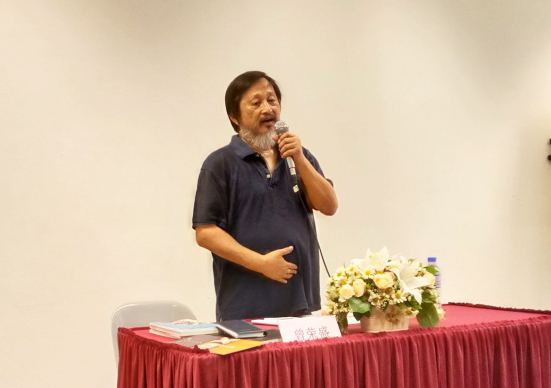
Chan sharing on his poetry translation journey
Chan is currently the Vice President of Malaysia Association of Translation and Creative Writing. In the field of poetry translation, he has actively translated many Malay poems into Chinese. He shared about his poetry translation journey and said, “We should take care and focus on the sense of mission during the translation. Translate more on the valuable aspect of the poem and focus on its meaningful connotation so that it can be handed down to the readers.”
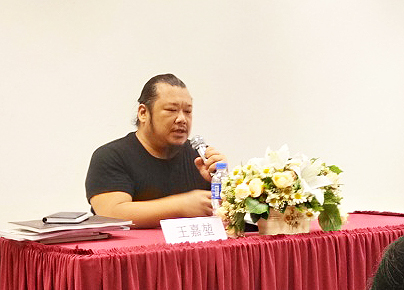
Ong touched on the importance of calligraphy
Ong also shared about his calligraphy journey. His contemporary calligraphy artwork impressed and brought the audience a non-ordinary calligraphy experience. He is exceptional when it comes to interjecting contemporary elements, such as modern poetry and lyrics into his calligraphy works. He advised, “Before seeking for calligraphy innovation, the most important thing for every beginner is to lay a good foundation of calligraphy. If you cannot control the brush, innovation is impossible.”
During the Q&A session, the audience asked questions related to poetry, literature translation, translation prospects, calligraphy and four treasures of the study (文房四宝).
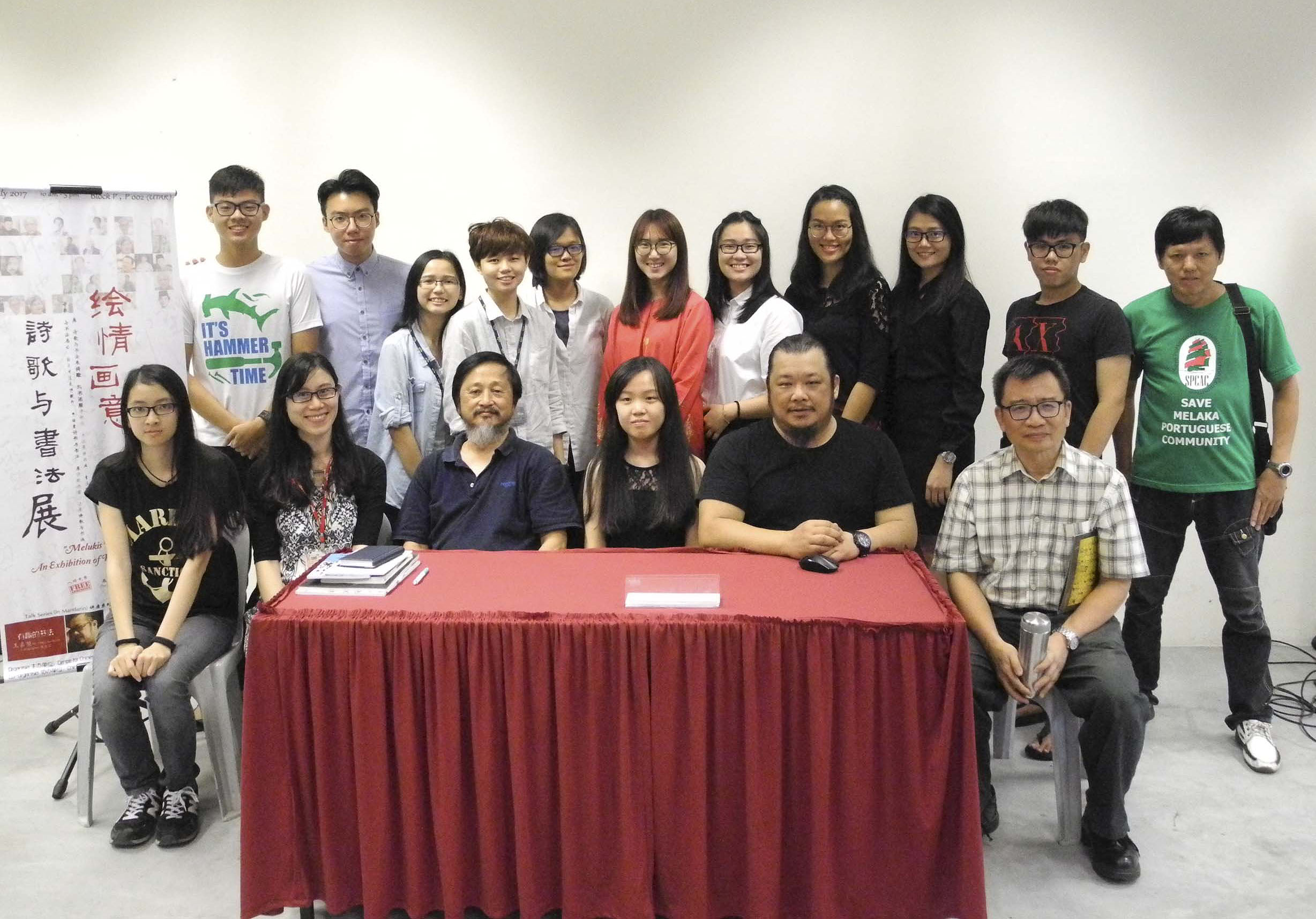
The guests and committee members
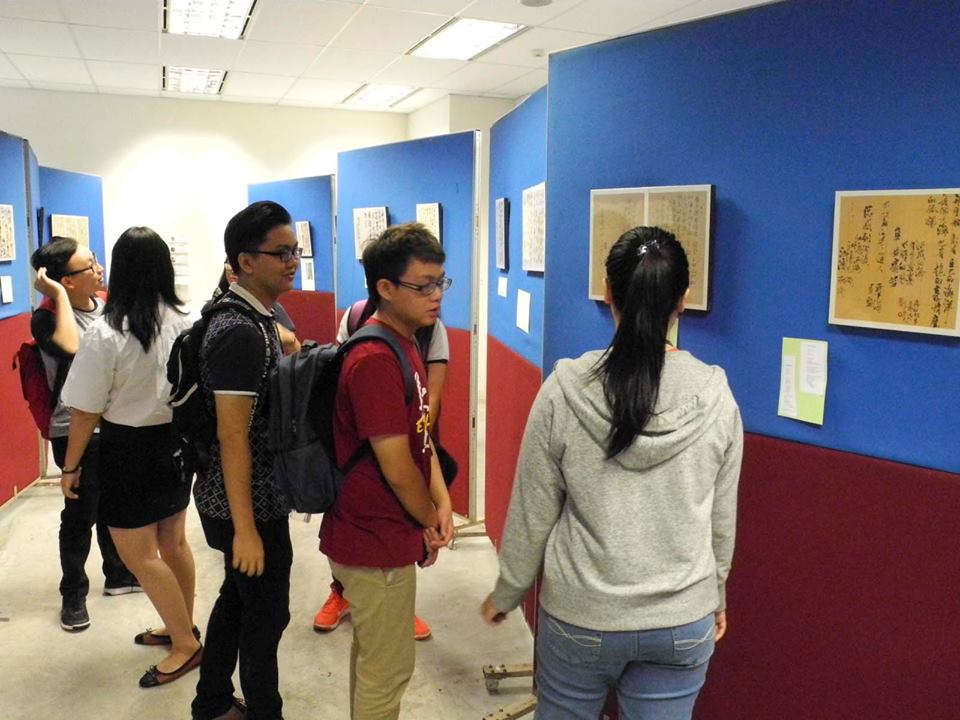
The calligraphy works on display
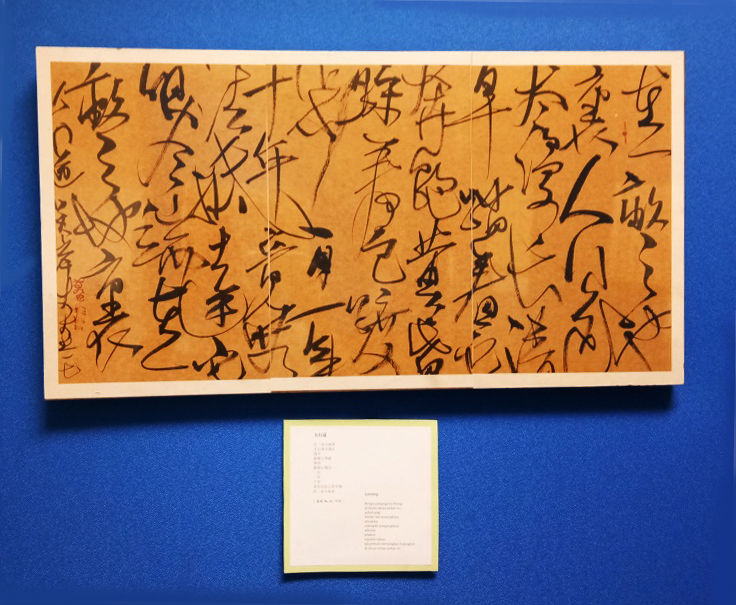
A Calligraphy by Ong based on the poem “Sidewalk (人行道)” written by Wu An
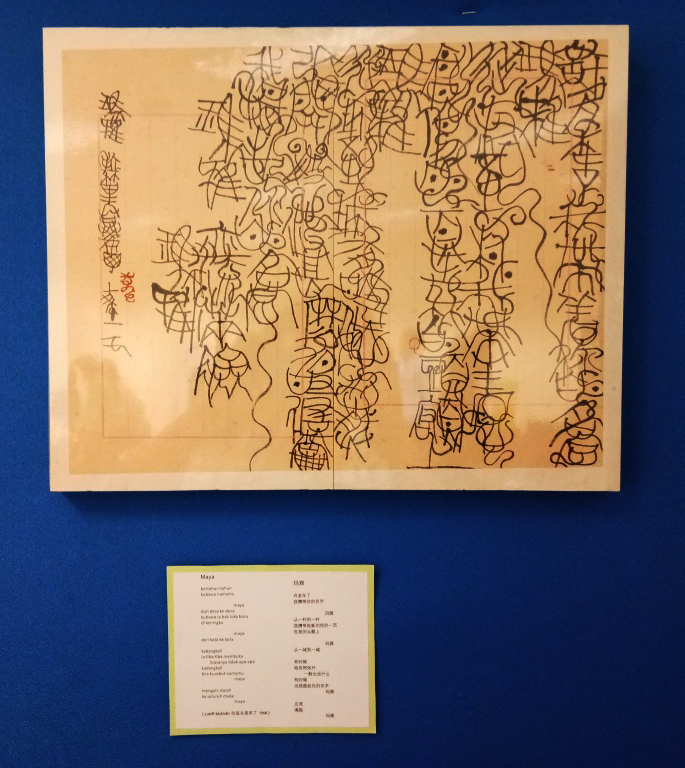
A Calligraphy by Ong based on a translated poem “Maya” written by Latiff Mohidin and translated by Chan
© 2019 UNIVERSITI TUNKU ABDUL RAHMAN DU012(A).
Wholly owned by UTAR Education Foundation Co. No. 578227-M LEGAL STATEMENT TERM OF USAGE PRIVACY NOTICE